This buck was found near the Snake River in Grand Teton National Park...
On a different day, we came across a group of fawns in the same area...
Pronghorns are the fastest land animals in North America and second only to the cheetah world wide. I captured the following series just as a buck gave chase to another pronghorn...
Pronghorns normally give birth to one or two fawns each year...
We were surprised to see this doe with four fawns on the outskirts of Gardner, Montana. Perhaps she was just babysitting for another doe, or had taken on orphaned fawns to raise...
This buck was bedded down on the Old Yellowstone Road, chewing his cud...
According to Wikipedia: "Each "horn" of the pronghorn is composed of a slender, laterally flattened blade of bone that grows from the frontal bones of the skull, forming a permanent core. As in the Giraffidae, skin covers the bony cores, but in the pronghorn, it develops into a keratinous sheath which is shed and regrown on an annual basis. Unlike the horns of the family Bovidae, the horn sheaths of the pronghorn are branched, each sheath possessing a forward-pointing tine (hence the name pronghorn). Males have a horn sheath about 12.5–43 cm (4.9–16.9 in) (average 25 cm (9.8 in)) long with a prong. Females have smaller horns that range from 2.5–15.2 cm (1–6 in) (average 12 centimetres (4.7 in)) and sometimes barely visible; they are straight and very rarely pronged."[9]
It is widely thought that pronghorns are poor jumpers. I took the next photo as a buck jumped over a small stream in the Lamar Valley in Yellowstone National Park...
I don't know if they are proficient swimmers or not, but I captured this one as it left the Lamar River after making a crossing. They regularly follow an overland migration route that covers more than 160 miles. I suspect this migration would require more than one river crossing...
This doe is approaching the road in the Lamar Valley. Perhaps to avoid wolves that were hunting in the area...
I want to remind new readers that when you have finished reading the most recent blog post you can scroll to the bottom of the page where you will see "OLDER POSTS" in blue on the right side of your screen. You can click there to read earlier posts. If you are looking for something in particular you can use the "SEARCH THIS BLOG" feature on the top right of your screen.
Thanks for visiting, be well, and come back soon.
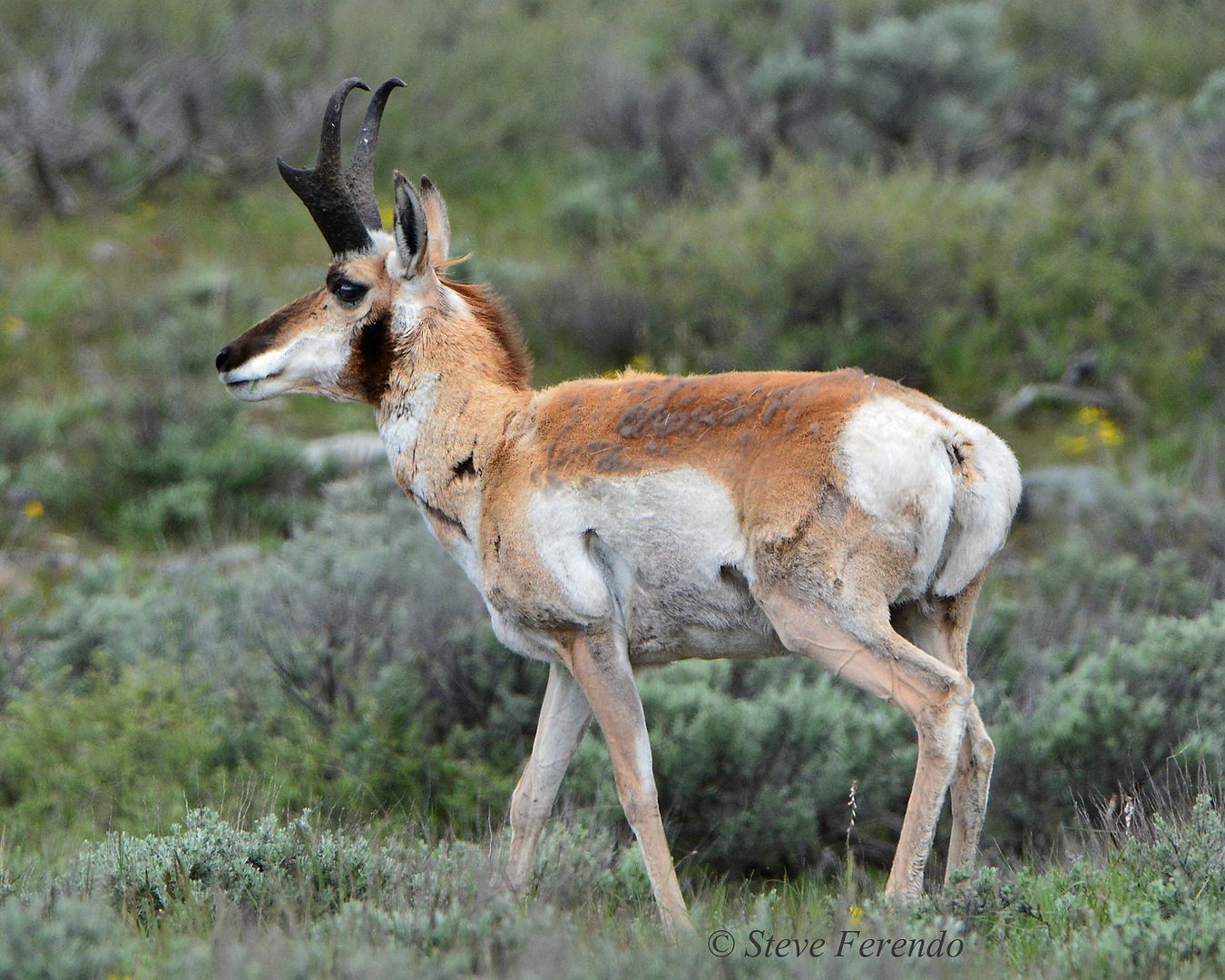

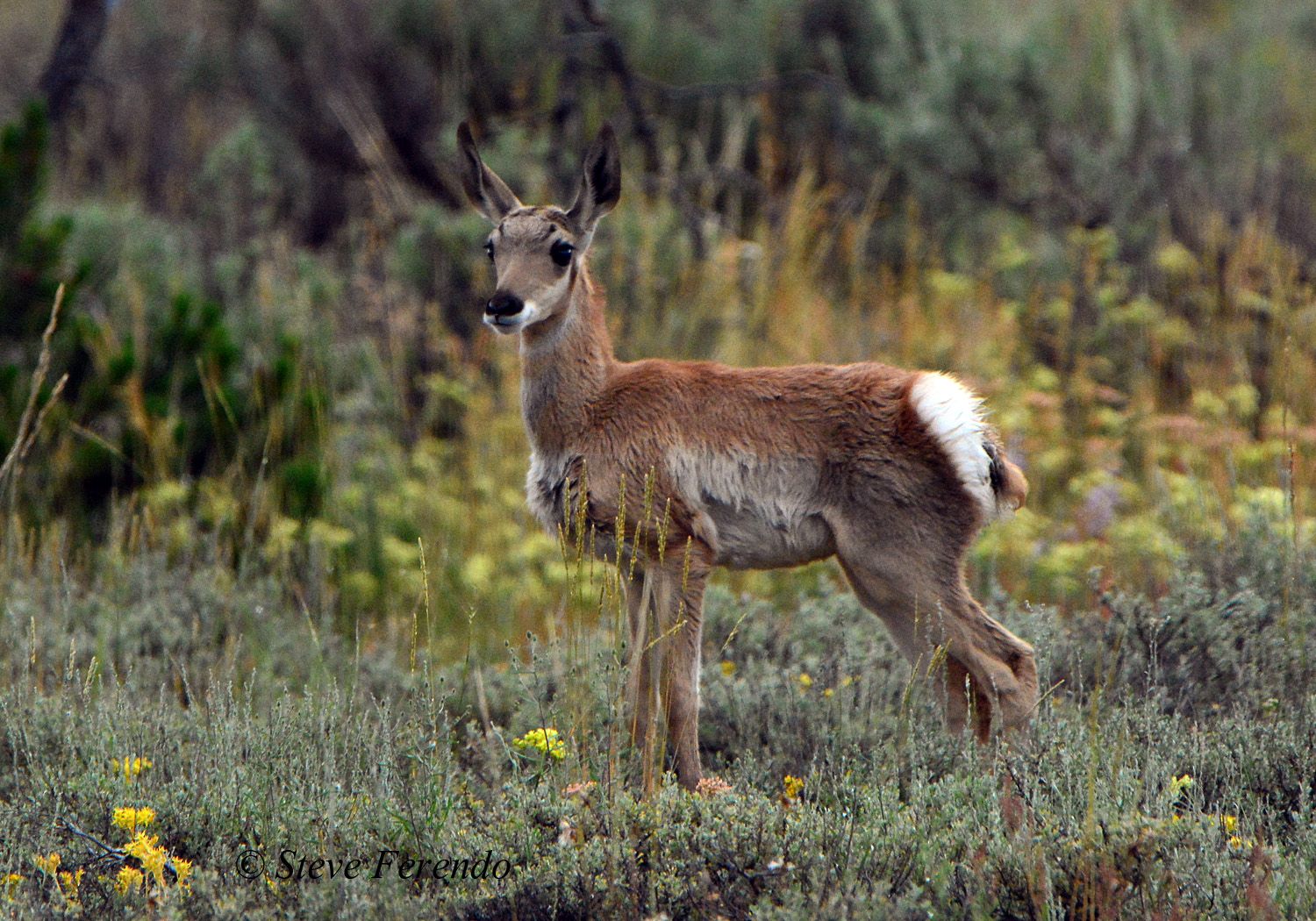



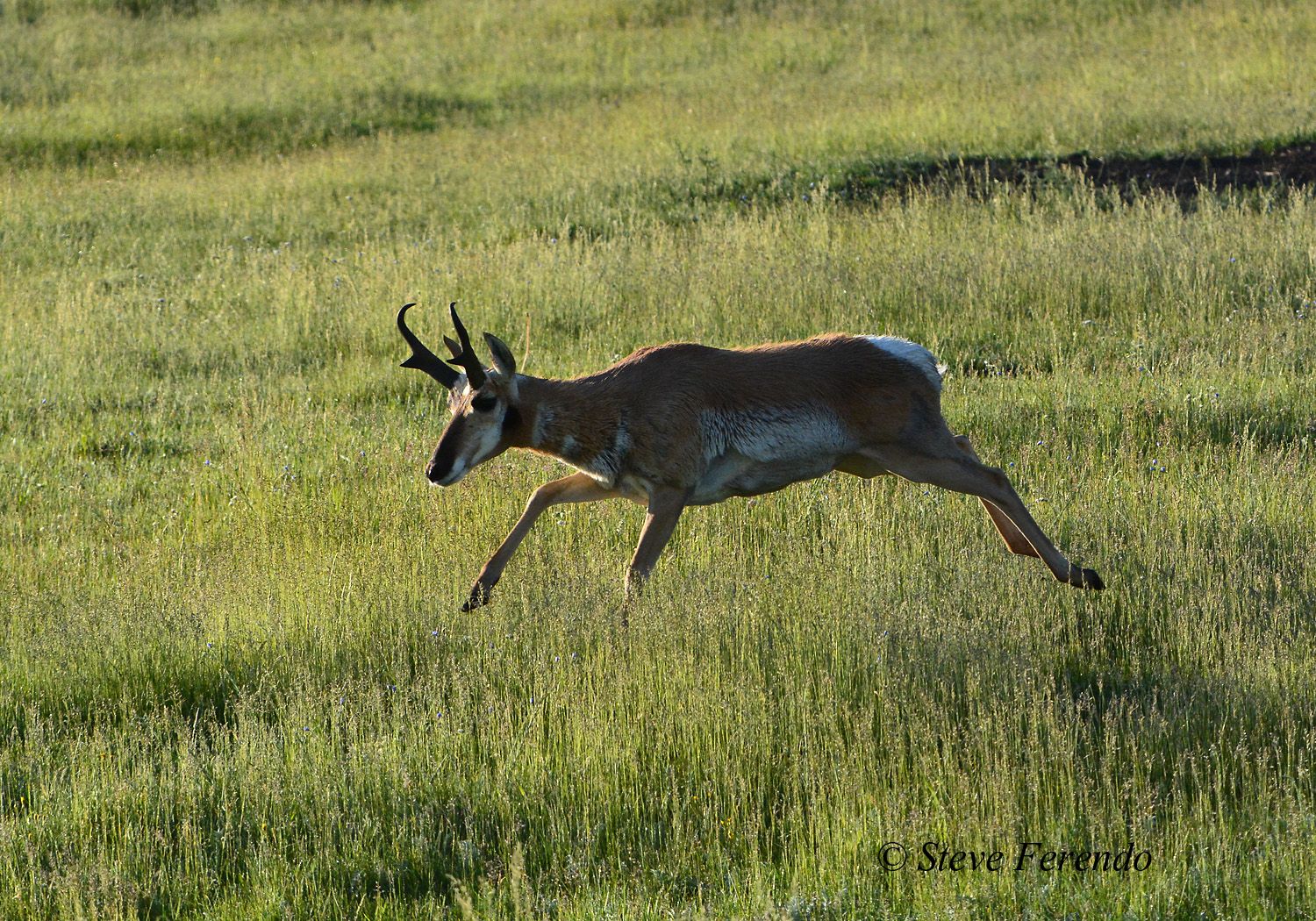

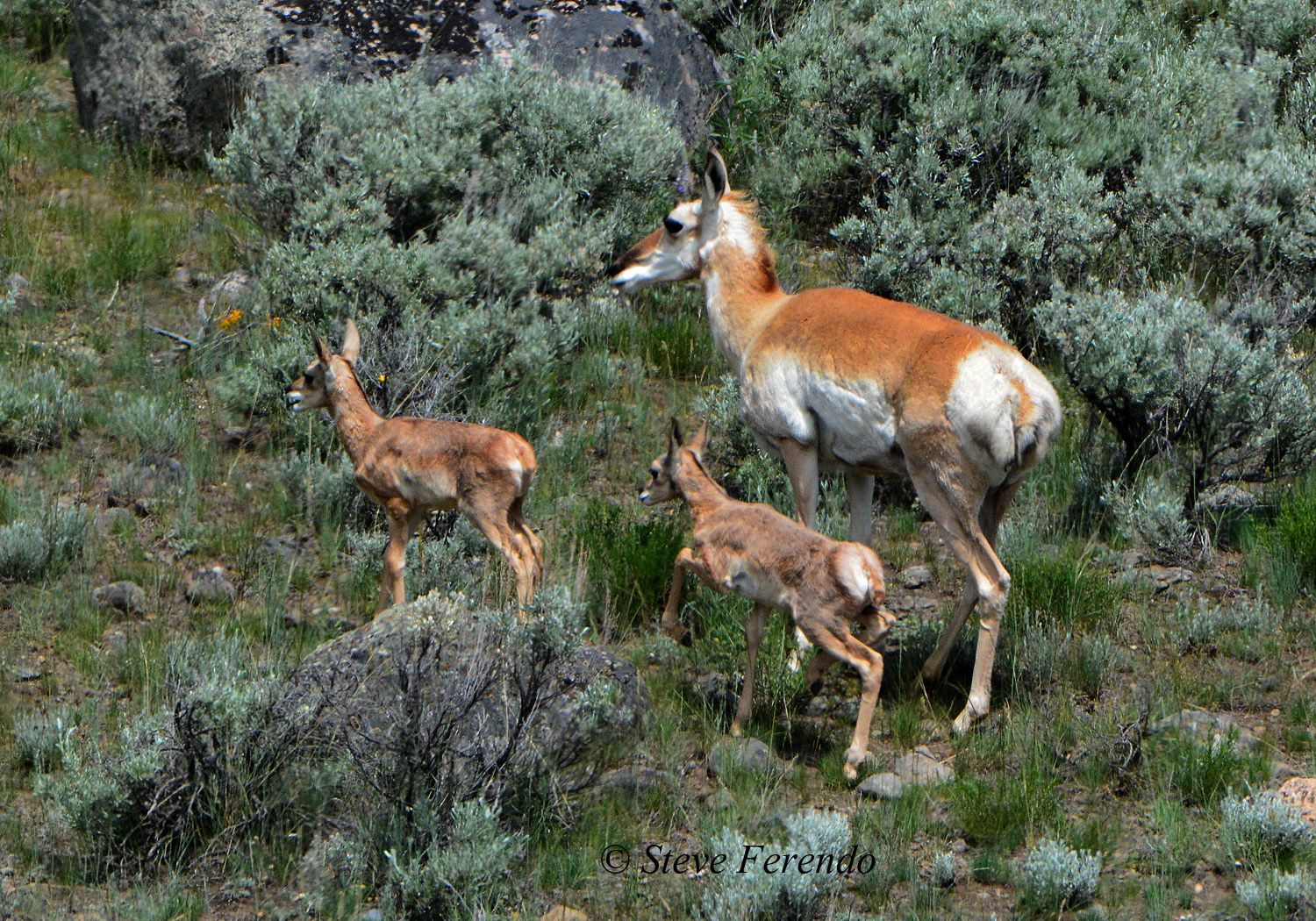

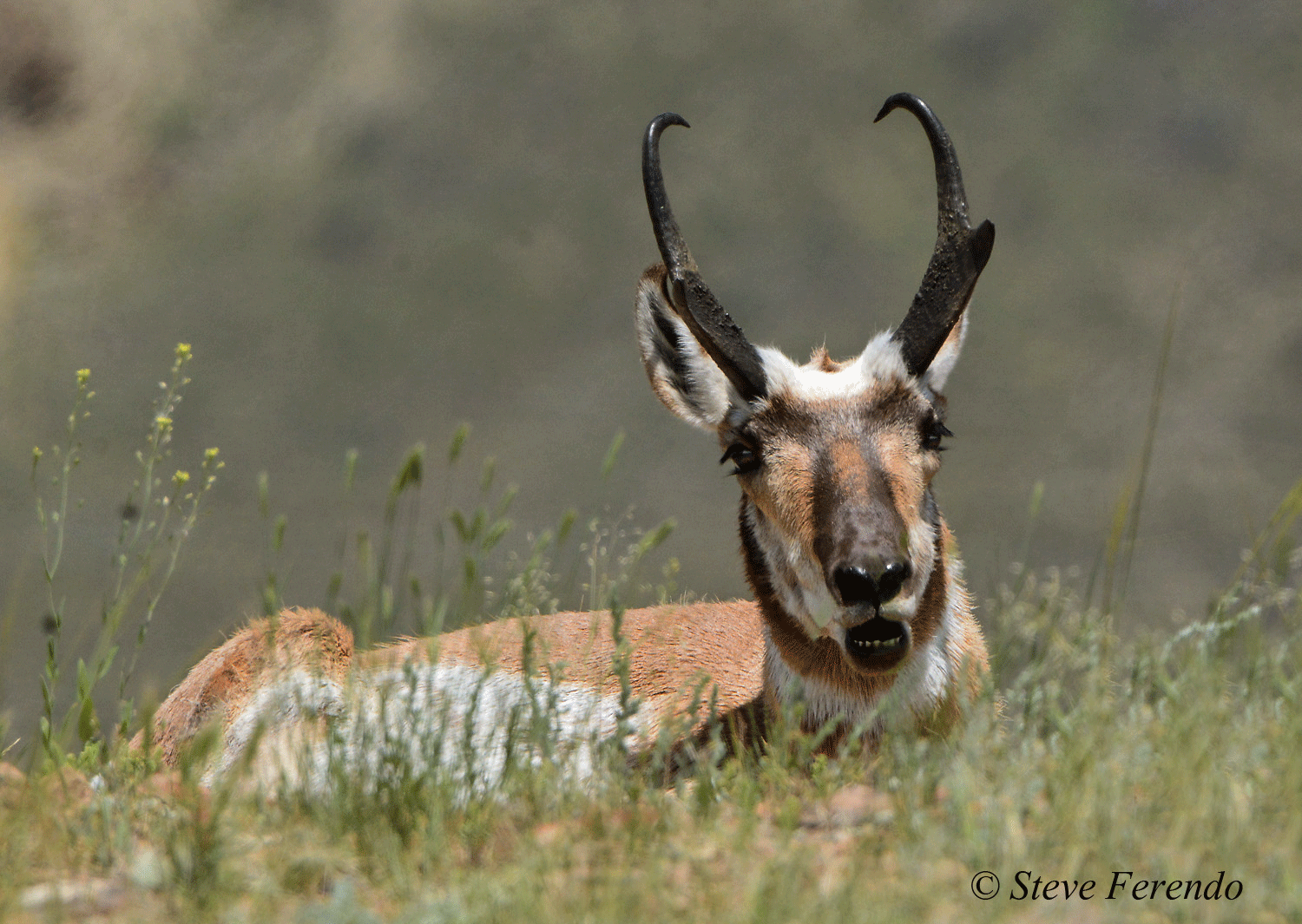
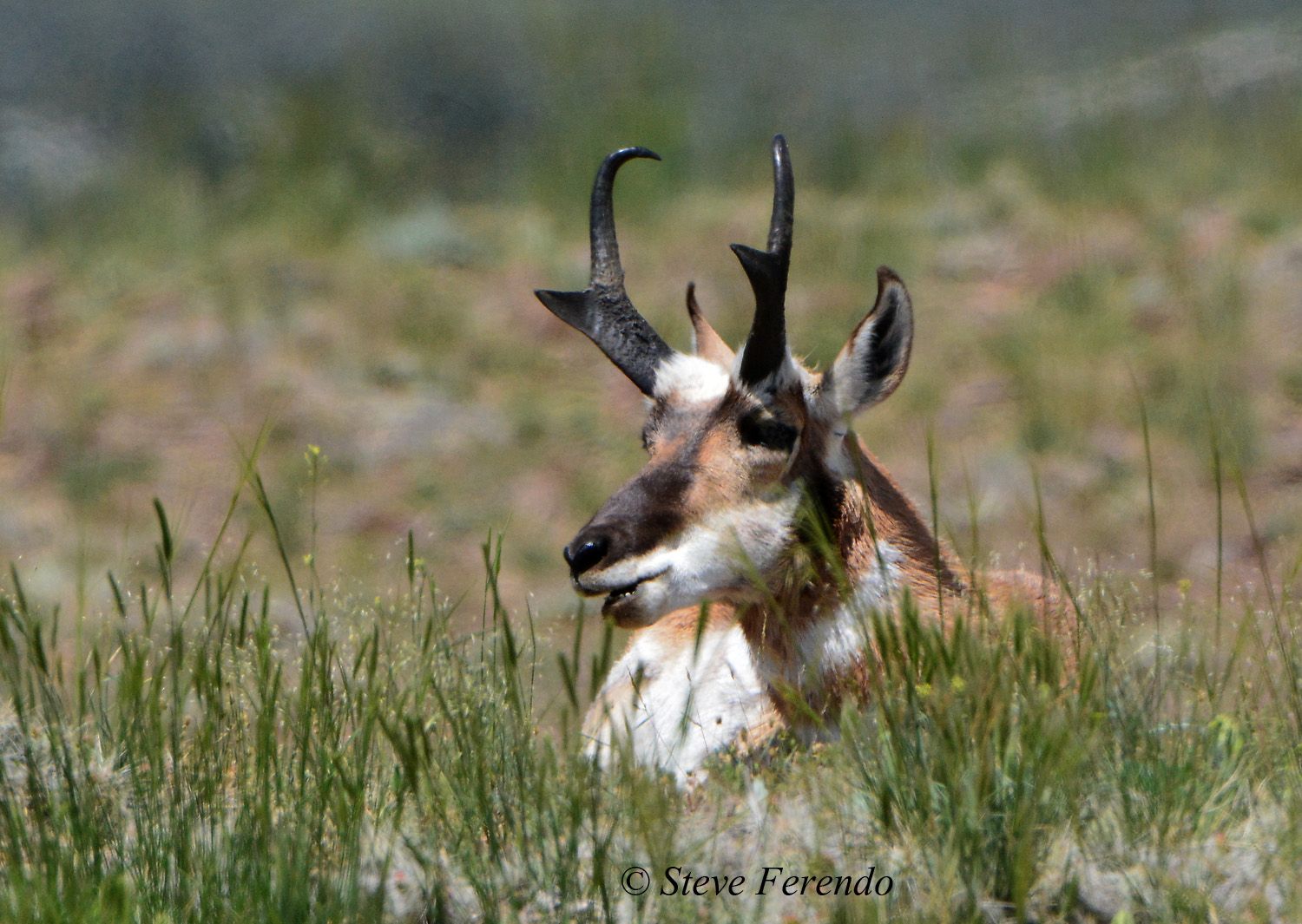
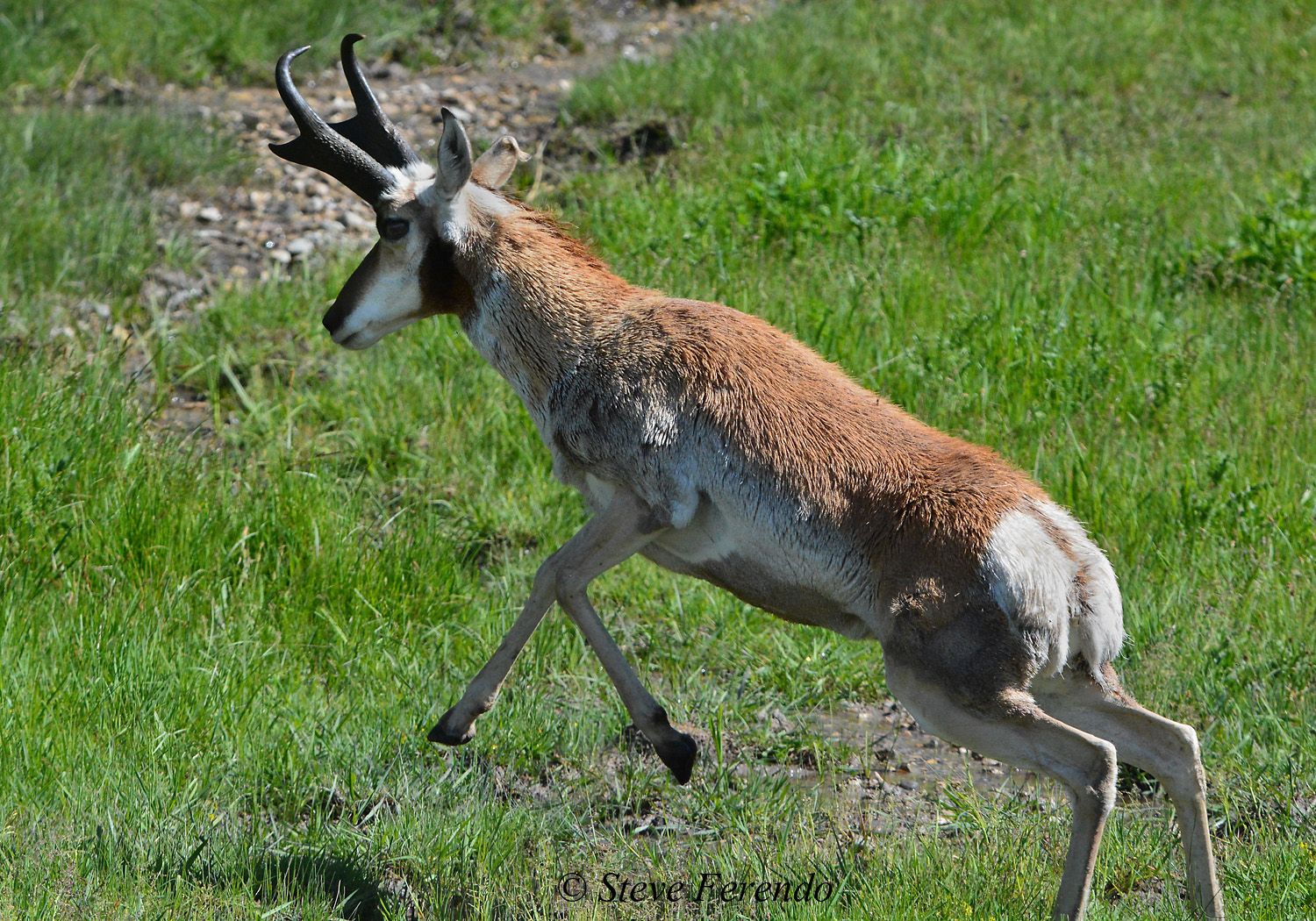


No comments:
Post a Comment
I sincerely enjoy comments from my visitors. I must ask that those wishing to comment understand that moderation has become necessary due to the nature of some comments left in the past...